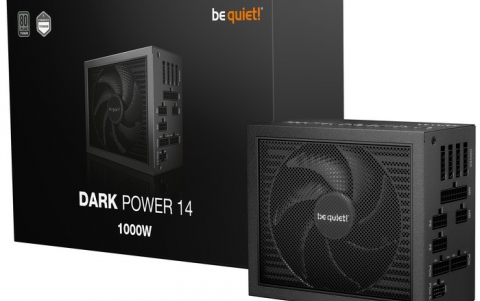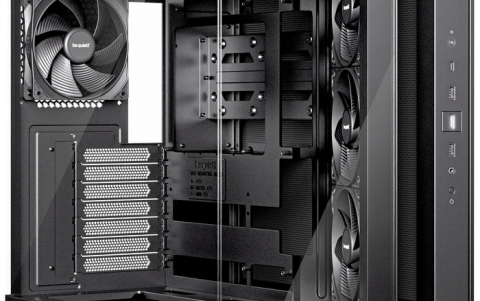VGA Roundup
12. Halo & Tomb Raider:AOD tests
Review Pages
2. Exair Radeon 9800 XT
3. Asus V9950 FX 5900 GE
4. Exair GeForce FX 5900 XT
5. Test specifications
6. 3DMark Benchmark tests
7. Aquamark3 Benchmark tests
8. Codecreatures Benchmark tests
9. GL Excess Benchmark tests
10. Farcry & Painkiller tests
11. Unreal Tournament 2004 & 2003 tests
12. Halo & Tomb Raider:AOD tests
13. Overclocking
14. Conclusion
 Halo is a sci-fi shooter that takes place on a mysterious alien ring-world.
Packed with combat, Halo will have you battling on foot, and in vehicles, inside
and outdoors with Alien and Human weaponry. Your objective: to uncover Halo’s
horrible secrets and destroy mankind’s sworn enemy, the Covenant.
Halo is a sci-fi shooter that takes place on a mysterious alien ring-world.
Packed with combat, Halo will have you battling on foot, and in vehicles, inside
and outdoors with Alien and Human weaponry. Your objective: to uncover Halo’s
horrible secrets and destroy mankind’s sworn enemy, the Covenant.
The game supports the latest shader technology of pixel shaders 2.0. Of course the graphics are somewhat better on PC than Xbox, since most of the game's shader effects have been redesigned to support the latest 2.0 shaders in DX9. Having that there are few games supporting 2.0 pixel shaders, Halo is a good test for VGA cards performance on the shader technology.
A minor disadvantage of the game is its lack of Anti Aliasing and Anisotropic Filtering support. If you get the funny idea to enable these settings via the control panel of your card, you will experience no difference in graphics quality as well as this would slow things down and lose performance.
Halo also supports pixel shaders 1.1 that offer better performance in the cost of quality.
For the Halo benchmark we the default settings with pixel shaders 2.0 in the following resolutions: 1024x768, 1280x1024 and the awesome 1600x1200. We used the -timedemo command to run the default benchmark.

The "halo" of pixel shading belongs to ATI chipsets. On the web there are benchmark results with Halo, with ATI showing double fps that Nvidia's cards with previous drivers. It seems seems that the 52.xx (Detonator 50) drivers boost up its performance on pixel shading rendering. But let's see also an other game that use Pixel shaders 2.0 on a high extent.
- Tomb Raider : Angel of Darkness
 A series of grisly murders brings Lara into conflict with a sinister Alchemist
from the past, and a secret alliance of powerful individuals shrouded in
mystery. Accused of the murder of her one time mentor, Werner Von Croy, Lara
becomes a fugitive on the run. Pursued by the police, she follows the Alchemist
into a dark world of blood, betrayal
and vengeance where it is up to her to defeat this unholy alliance, and stop
them from unleashing their incredible powers on the world.
A series of grisly murders brings Lara into conflict with a sinister Alchemist
from the past, and a secret alliance of powerful individuals shrouded in
mystery. Accused of the murder of her one time mentor, Werner Von Croy, Lara
becomes a fugitive on the run. Pursued by the police, she follows the Alchemist
into a dark world of blood, betrayal
and vengeance where it is up to her to defeat this unholy alliance, and stop
them from unleashing their incredible powers on the world.
Angel of Darkness employs a brand new engine with Lara now made up of over 5,000 polygons as opposed to just 500 in previous Tomb Raider games. The range of special effects create a batch of cool visuals.
From the many kinds of water (mercurial liquid forms, good surface texturing, and realistic pools of water) to fire (heat blurs and colorful fiery pits), to the game's many light effects (lots of shadowing, multiple light sources and effective reflections), Core mixes more realistic settings with special effects to create a well-rounded whole. It is wothmentioning though that Tomb Raider: AOD uses pixel shader 2.0 technology on a higher extent than Halo does.
- Tomb Raider:AOD Benchmark
 To
test the VGA cards with AOD we used a timedemo on the Paris stage. The particular
room where the timedemo was recorder, is full with
complicated fire effects). This benchmark stresses a lot the cards' pixel shading
processing, we believe that this is the ultimate pixel shader 2.0 game benchmark.
To
test the VGA cards with AOD we used a timedemo on the Paris stage. The particular
room where the timedemo was recorder, is full with
complicated fire effects). This benchmark stresses a lot the cards' pixel shading
processing, we believe that this is the ultimate pixel shader 2.0 game benchmark.
We
grabbed the fps from the timedemo twice. Once with the Anti Aliasing and Anisotropic
Filtering off (Trillinear was used), and once more
with AA at 4x and Anisotropic Filtering just enabled.

Even with the high quality settings off the difference is clearly visible. As Halo indicated, ATI previous generation chipsets are far better processing pixel shaders.

With the quality settings enabled all cards lost a high extent of their performance. At the 1600x1200 the ATI cards dropped dramatically 15 fps as the GeForce FX cards had a 9 fps difference which shows that GeForce cards are more stable between resolutions.
Review Pages
2. Exair Radeon 9800 XT
3. Asus V9950 FX 5900 GE
4. Exair GeForce FX 5900 XT
5. Test specifications
6. 3DMark Benchmark tests
7. Aquamark3 Benchmark tests
8. Codecreatures Benchmark tests
9. GL Excess Benchmark tests
10. Farcry & Painkiller tests
11. Unreal Tournament 2004 & 2003 tests
12. Halo & Tomb Raider:AOD tests
13. Overclocking
14. Conclusion














